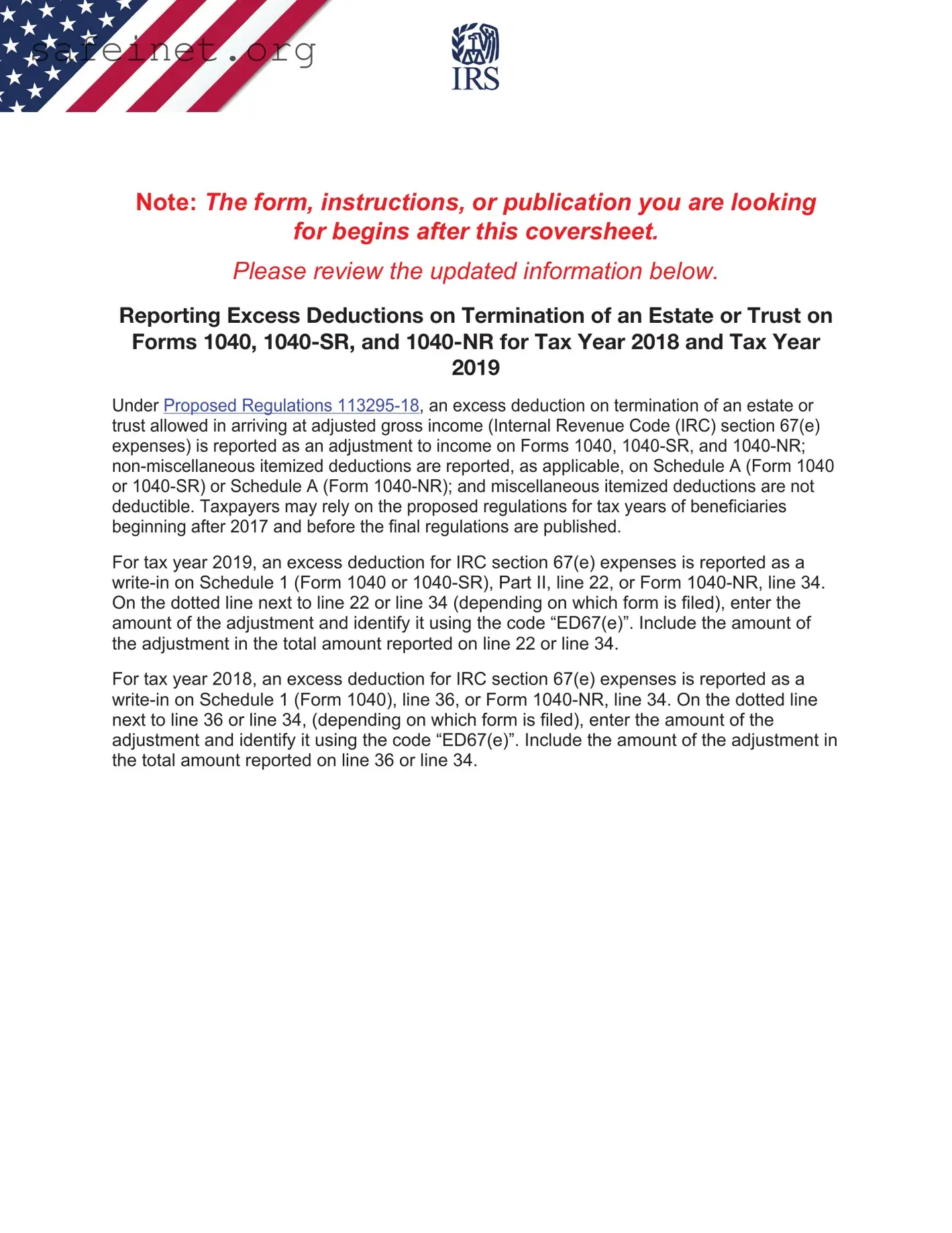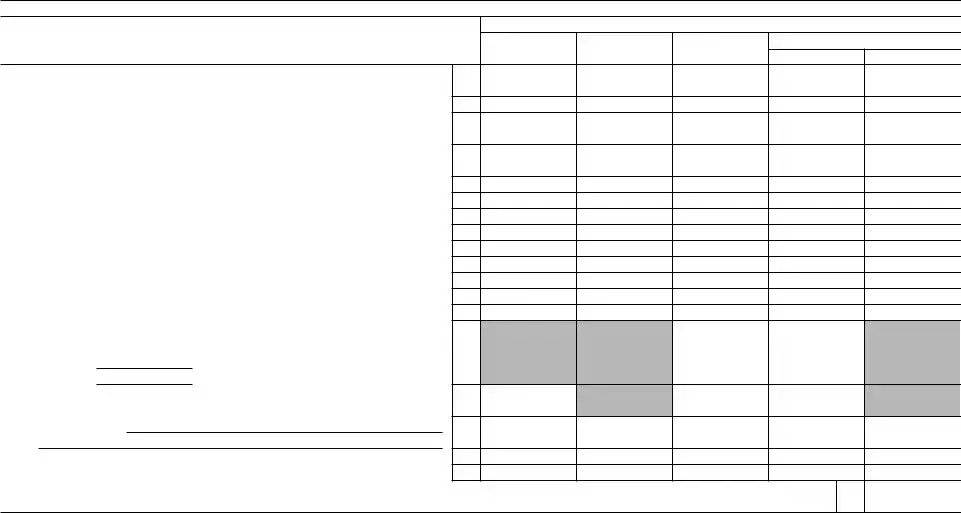The IRS 1040 form is primarily used by U.S. citizens and residents to report their annual income. Similar to the 1040-NR, it provides a comprehensive overview of income, deductions, and credits. Both forms require individuals to report various sources of income but are designed for different taxpayer statuses. Citizens and residents file the 1040, while non-resident aliens use the 1040-NR, indicating their unique tax obligations.
The IRS 1040-SR form is specifically for seniors who are 65 years of age or older. Like the 1040-NR, it simplifies the filing process and focuses on the same income reporting requirements. However, the 1040-SR features larger font and an easy-to-read layout, catering to an older demographic while still addressing similar financial concerns as the 1040-NR.
The IRS Form 1120 is the corporate income tax return that corporations in the U.S. must file. Similar to the 1040-NR, it outlines various types of income and allowable deductions. While individual non-resident aliens use Form 1040-NR, corporations—whether foreign or domestic—are responsible for filing Form 1120 to report their income and pay taxes at the corporate level.
The Form 1040-X allows taxpayers to amend a previously filed federal income tax return. Similar to the 1040-NR, it provides a way to report new information or correct errors. The main difference is that the 1040-X can be used by both residents and non-residents alike to rectify previous filings.
Form 1040-ES is utilized by individuals who need to make estimated tax payments. While the 1040-NR captures annual income for non-resident aliens, the 1040-ES allows them to prepay their tax liabilities throughout the year. Both forms share the goal of accurate income reporting but serve different purposes in tax management.
Form 1065 is a tax return used by partnerships to report income, deductions, gains, and losses. This form is similar to the 1040-NR in its need to summarize financial details clearly. However, while the 1040-NR is for individual non-resident alien taxpayers, Form 1065 focuses on business entities operating as partnerships.
The IRS Form W-2 documents wages paid to employees and the taxes withheld from those wages. Similar to the overall reporting of income on Form 1040-NR, this form provides specifics on earnings from employment. Workers receiving a W-2 will likely report that income when filing either the 1040 or the 1040-NR.
Form 1099 is issued for various types of non-wage income, such as freelance earnings or interest. Like the 1040-NR, it provides essential information for individuals to report their income accurately. Both forms help ensure that all income sources are considered when determining tax liability, regardless of the taxpayer’s residency status.
Form 1040-NR-EZ is a simplified version of the 1040-NR for non-resident aliens with straightforward tax situations. It requires less information compared to the regular 1040-NR and is designed for individuals who meet specific criteria. Both forms aim to provide a means for non-resident aliens to comply with U.S. tax laws, though the 1040-NR-EZ is less complex.
Form 8862 is used by taxpayers who are required to prove their eligibility for certain tax credits after previous denials. While not a tax return itself, it shares similarities with the 1040-NR in that it collects detailed information about eligibility and credits, albeit for taxpayers who may or may not be non-residents. Both forms address how income and credits affect tax liability.






